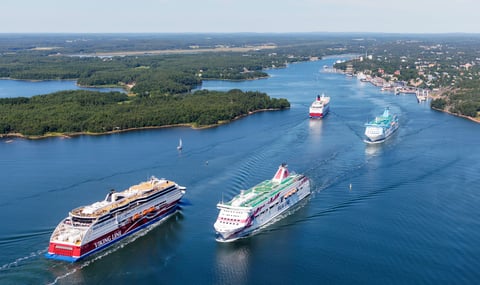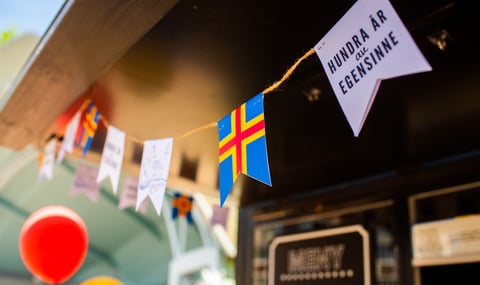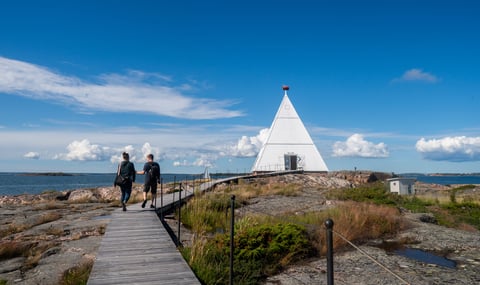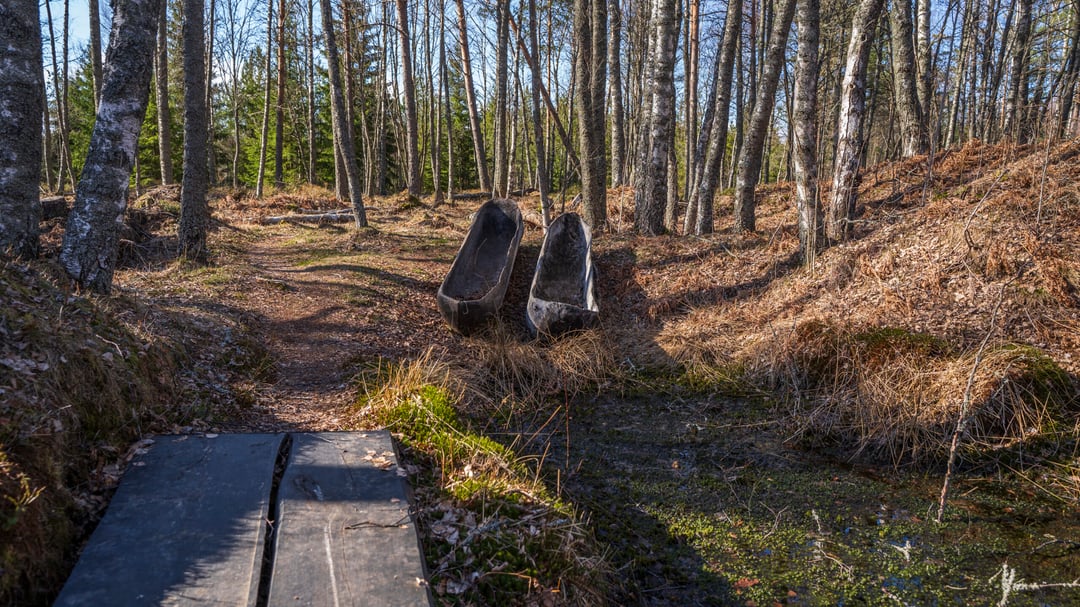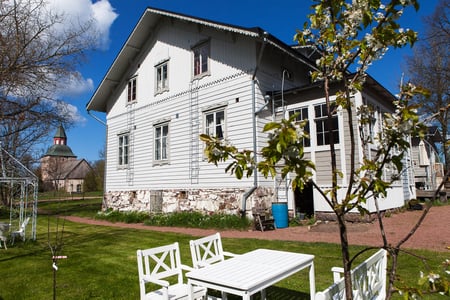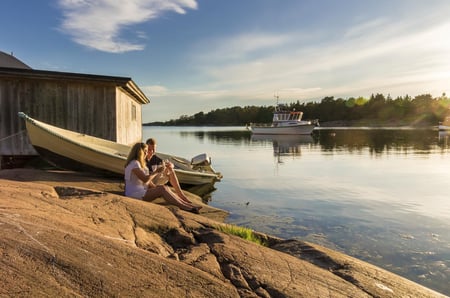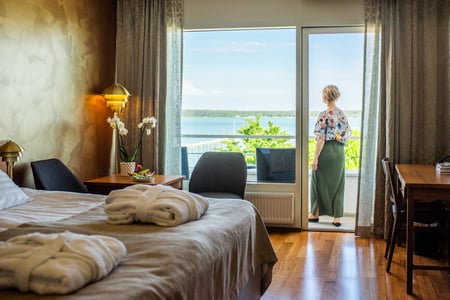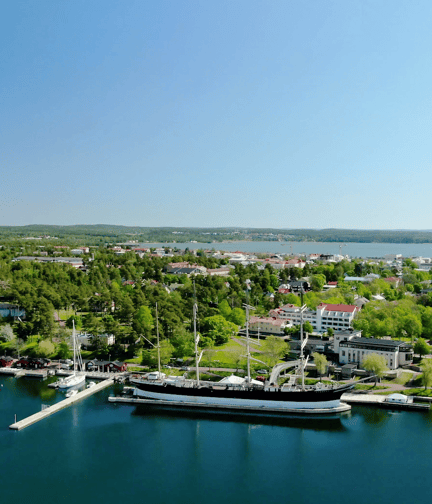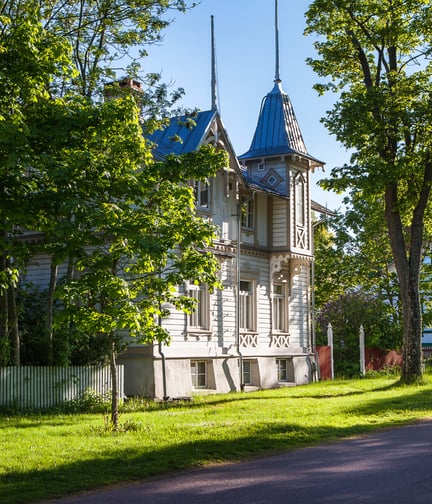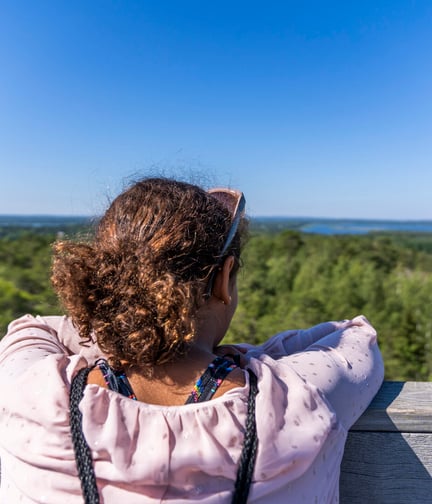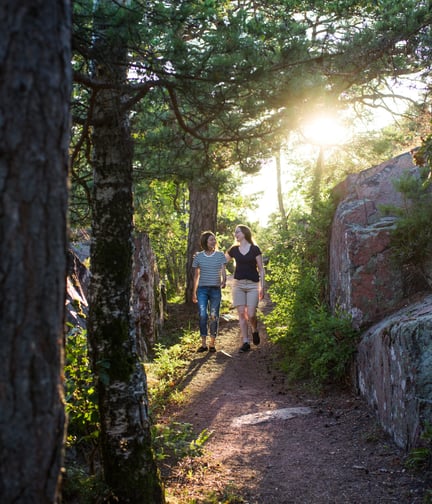Early history
The first inhabitants came over the sea from the east. Åland is located strategically in the Baltic Sea in between Finland and Sweden. The highest part of Åland started rising from the sea some 10.000 years ago and as a result of the land rise Åland gradually grows.
Island after island rose from the sea and when the first inhabitants came to Åland the land area was about 25 km2. The land elevation is ongoing and currently Åland is about 1500 km2.
The first inhabitants arrived some 6000 years ago. They came from the east and were a part of the pit-comb ceramic culture which got their name from the comb-like imprints that they decorated their clay pots with.
It was a long and probably hazardous journey to travel across the sea at that time and the questions that surround the journey are many. How did they find the islands in the sea? What type of boats did they use – simple canoes or sturdier boats? Did the sea freeze over at that time, when the climate was warmer than today, so that they could possibly walk across the ice?
Also from the west
There are no certain answers, but somehow they crossed the sea and settled in Orrdalsklint in Saltvik in the northern parts of Åland. In the area, archaeologists have found different settlements from a time span of 3500 years.
The Åland inhabitants in the Stone Age made a living from hunting and fishing and they caught for example seals and sea birds. Some 4500 years ago immigrants from the west, which were a part of the pitted-ware culture, also arrived.
Today Orrdalsklint, which stands 128 meters above the sea, is the highest point in Åland and on the slopes are traces of ancient shores. The sea level at that time was 55 meters higher than today.
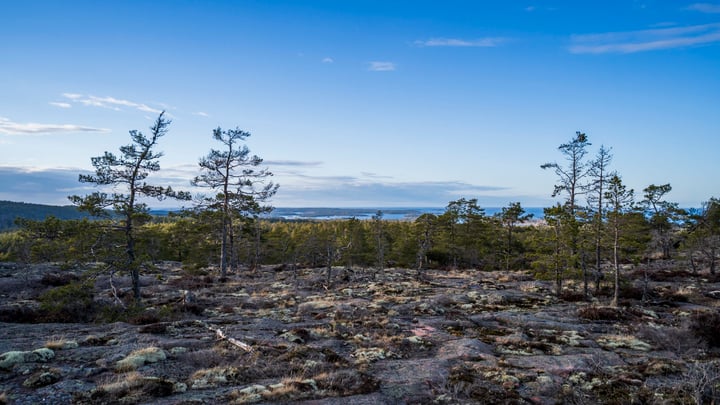
Thriving landscape
There are traces of Bronze Age villages (1500-400 B.C.) all over the main island and also in parts of the archipelago. The most remarkable signs of the time are the cairn graves. On Kökar, in the southeast archipelago, settlements with numerous artefacts of ceramics and remains of animal bones have been found.
Finds from the Iron Ages (400 B.C. – 1000 A.D.) imply that Åland was a thriving landscape that traded well with the surrounding cultures. The coins that have been found are mostly of Arabic origin.
